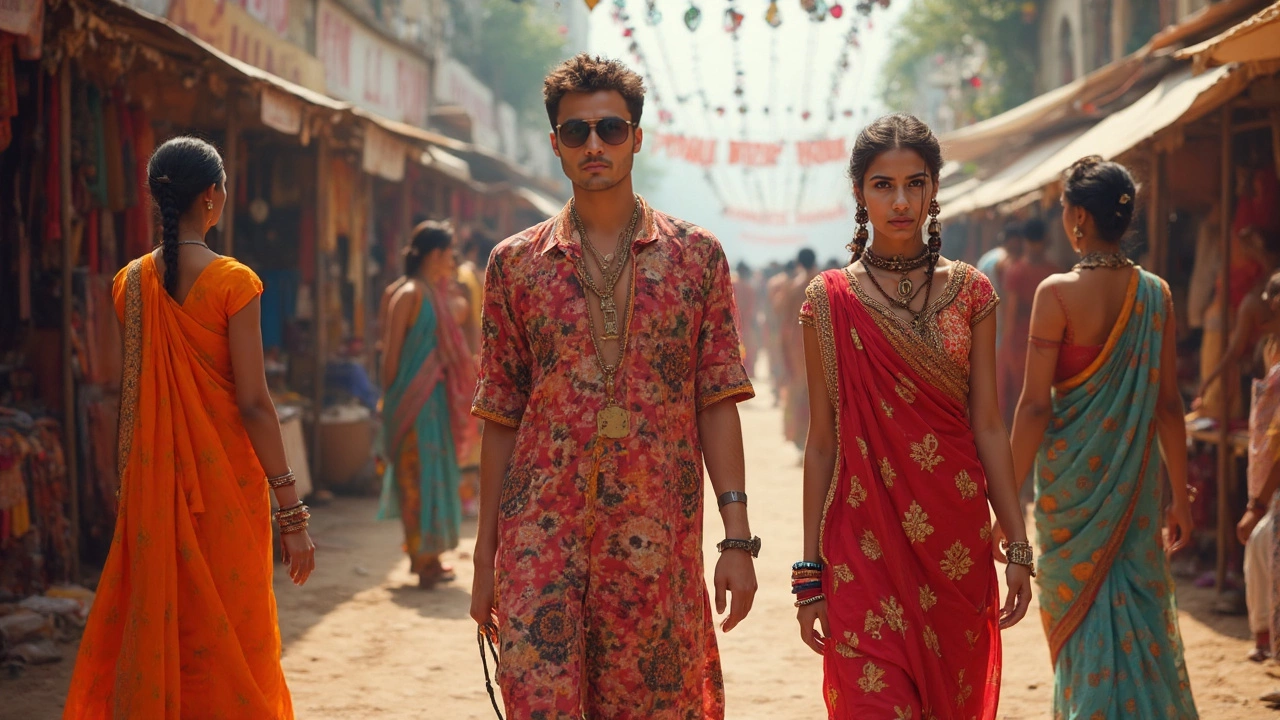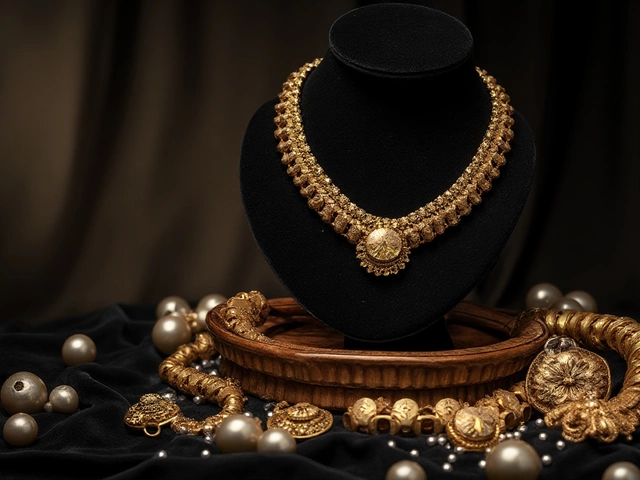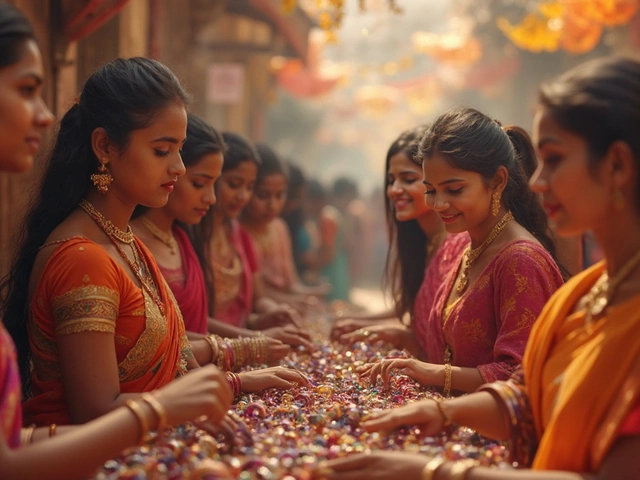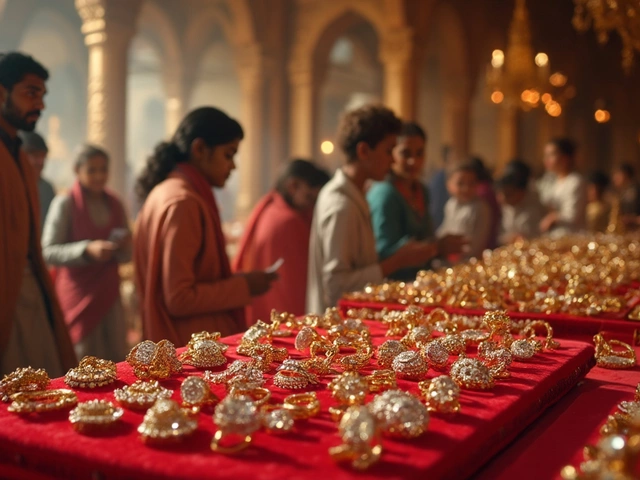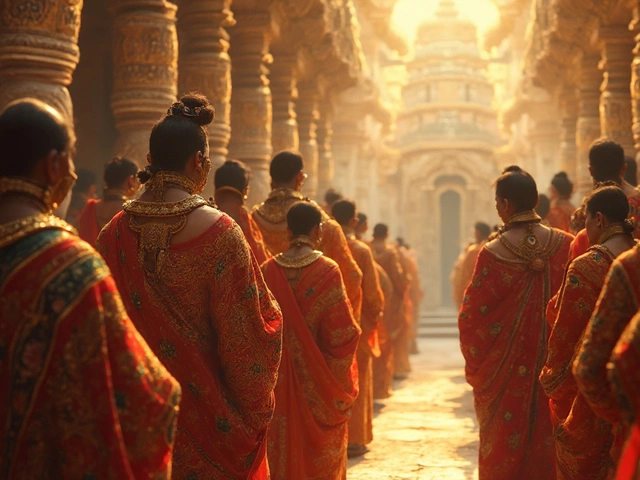Popular Clothing in India: What’s Hot and How to Choose It
If you’re looking for outfits that feel right in India’s weather and culture, you’re in the right spot. We’ll cover the fabrics that keep you cool, the classic pieces that never go out of style, and quick ideas to upgrade your wardrobe.
Top Fabrics for Comfort and Style
India’s climate ranges from scorching summers to humid monsoons, so the right material matters. Cotton is the go‑to for daily wear because it breathes and dries fast. Look for hand‑loom or organic cotton if you want extra softness and a low‑impact footprint.
Bamboo fabric is catching attention for its silky feel and natural moisture‑wicking power. It’s a good pick for office shirts or light dresses when you need a bit of elegance without heat.
Silk stays a favorite for special events. While pure silk can feel heavy, blended silk‑cotton fabrics give you the shine without the swelter. If you’re on a budget, consider silk‑cottom blends—they mimic the look and drape of silk at a fraction of the price.
When the temperature drops in the north, wool and pashmina become essential. A light wool cardigan or a pashmina shawl adds warmth without bulk, and it pairs well with cotton tees or kurta‑pajamas.
Must‑Have Traditional Pieces
Traditional Indian clothing isn’t just about festivals; it’s a versatile part of everyday style. A simple kurta‑pajama set works for office, casual outings, or family gatherings. Choose a kurta in muted colors if you’ll layer it with a bright dupatta for a quick style swap.
Sarees remain timeless. For hot weather, pick a cotton or linen saree with a light border. For weddings, go for silk or georgette with intricate embroidery—these fabrics showcase the detailed work while staying comfortable.
Salwar‑kameez is another all‑rounder. Look for a kameez that hits just above the knee; it gives a modern silhouette while staying true to tradition. Pair it with a stretchy salwar for ease of movement.
If you love a bit of edge, try a bomber‑style jacket over a kurta. It adds a contemporary twist and works well with jeans or tailored pants for a fusion look.
Accessories can elevate any outfit. A gold‑toned nose pin or a pair of black bangles adds cultural flair without overwhelming the look. Simple gold jewelry also works well with bright colors and can transition from day to night.
When shopping, check the label for BIS hallmark if the piece has gold or silver. That way you know the purity and avoid cheap imitations. Quick tests like the magnet test for silver or checking weight for gold can save you from buyer’s remorse.
Putting it all together, start with a breathable base—cotton shirt or kurta—add a standout piece like a silk dupatta or pashmina, and finish with subtle gold accessories. You’ll feel comfortable, look sharp, and respect the local style vibe.
Now you have a quick roadmap to pick popular clothing that fits India’s weather, culture, and your personal taste. Happy shopping!
Discover India's Most Popular Clothing Fashion Today
India's fashion scene is as colorful and diverse as its culture. From traditional attire to modern styles, the most popular clothing items blend cultural heritage with contemporary tastes. Explore what kinds of clothing dominate the Indian market in 2025 and why they continue capturing the attention of millions. Whether it's the resurgence of classic pieces or the influence of global trends, India's fashion industry is a fascinating interplay of old and new.
